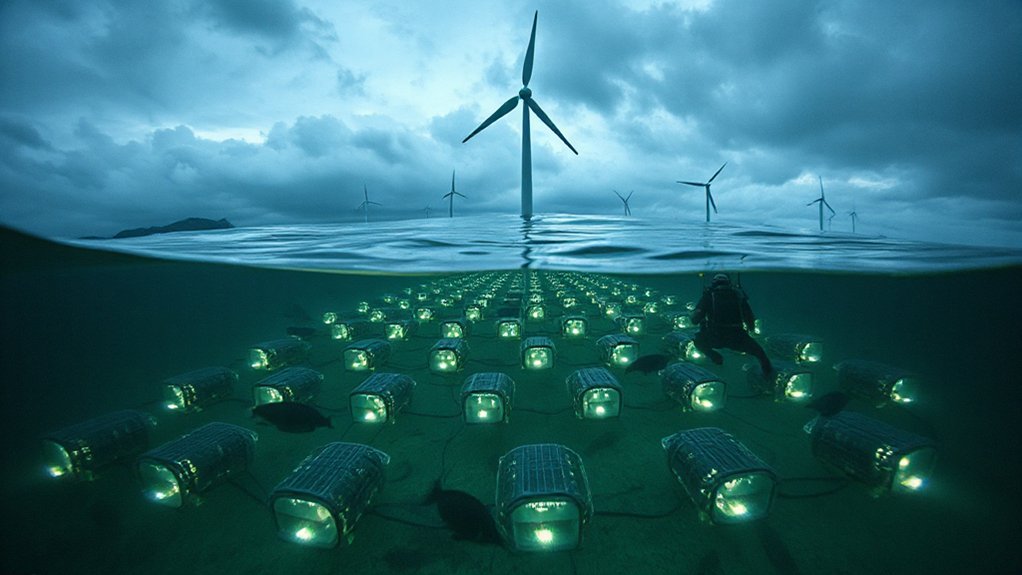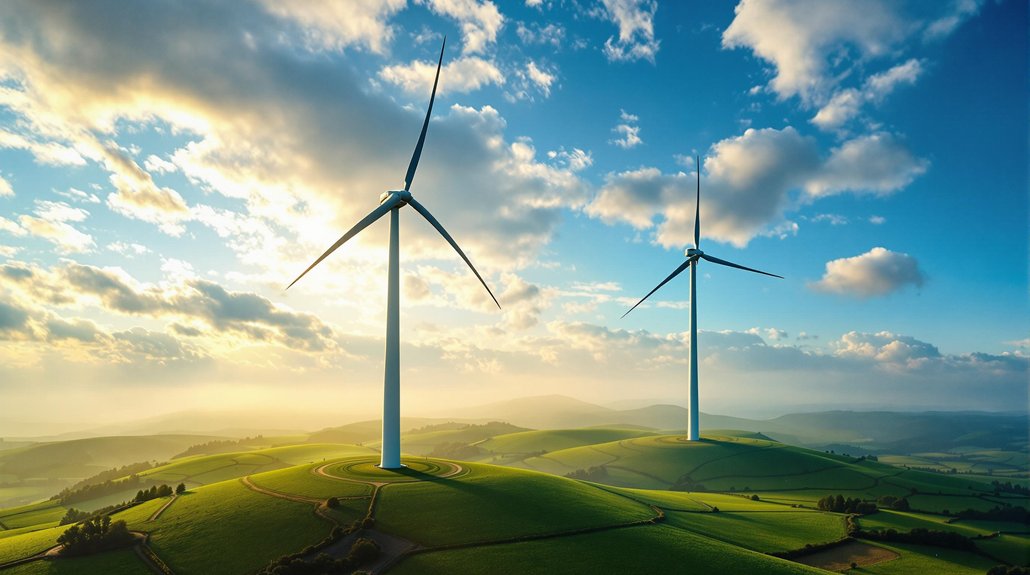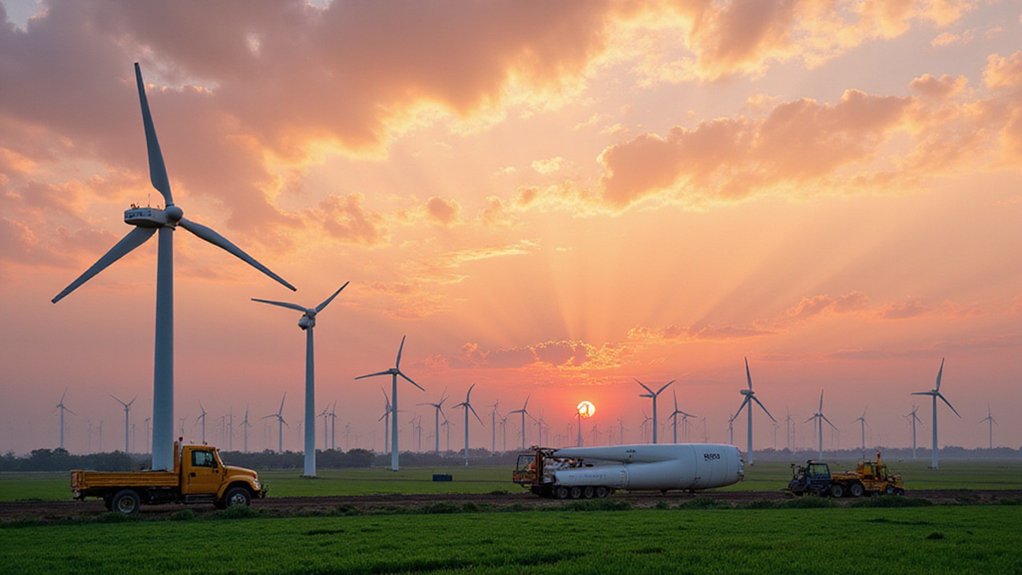While most of Western Australia’s coastline sits pretty and undisturbed, the waters off Bunbury are about to get a whole lot busier. The Australian government just gave the thumbs up to a massive offshore wind zone that could house up to 11.4 GW of electricity generation. That’s enough juice to power pretty much every home and factory in the region, with plenty left over.
The main event? A combined 1.5 GW worth of wind farms sitting about 40 kilometers off the coast. Five different groups are scrambling to get their slice of the action, though not everyone’s going to make the cut. The government gets to play kingmaker here, picking winners based on who can deliver the best bang for the buck without trashing the environment.
Oceanex Energy and a bunch of international players jumped into the mix, with new corporate partners piling on as recently as early 2025. Oceanex, led by Australian founders with extensive experience in renewable energy development, is positioning itself as a major player in the Western Australian offshore wind market. Some of these consortia aren’t just thinking offshore either. They’re eyeing onshore sites around Kwinana and Rockingham that could tack on another 250 MW to the grid. Military officials have raised concerns about potential radar interference from the turbines, which could create shadow zones that complicate detection of aircraft and ships in this strategically important coastal region.
But let’s be real. Those 300-meter tall turbines aren’t exactly going to blend into the sunset. Tourism operators are already sweating about what this means for their postcard-perfect coastal views. Marine life? They’re in for some changes too. Fish, whales, and whatever else swims around down there will have to deal with construction noise, electromagnetic fields, and all the underwater racket these generate. Unlike geothermal energy which achieves 96% capacity factor, these wind farms will provide intermittent power depending on weather conditions.
The approval process isn’t exactly a cakewalk. Project developers need to prove they won’t completely wreck marine habitats or migration paths. They’ve got to chat with indigenous groups, environmental organizations, and pretty much anyone else who has skin in the game.
Four main projects are currently duking it out for the government’s blessing. The winners will help Western Australia hit its net zero targets and keep the lights on as the state ditches fossil fuels. It’s ambitious, it’s necessary, and it’s definitely going to ruffle some feathers along the way.
References
- https://www.netzero.gov.au/bunbury-offshore-wind
- https://www.ccwa.org.au/environmental_experts_say_renewable_energy_is_critical_but_bunbury_offshore_wind_zone_must_also_protect_habitat
- https://afta.net.au/offshore-wind-farms-the-impacts/
- https://oceanexenergy.com/projects/bunbury-offshore-wind-farm/
- https://reneweconomy.com.au/offshore-wind-bidder-signs-up-new-partners-for-2gw-project-in-bunbury-zone/








